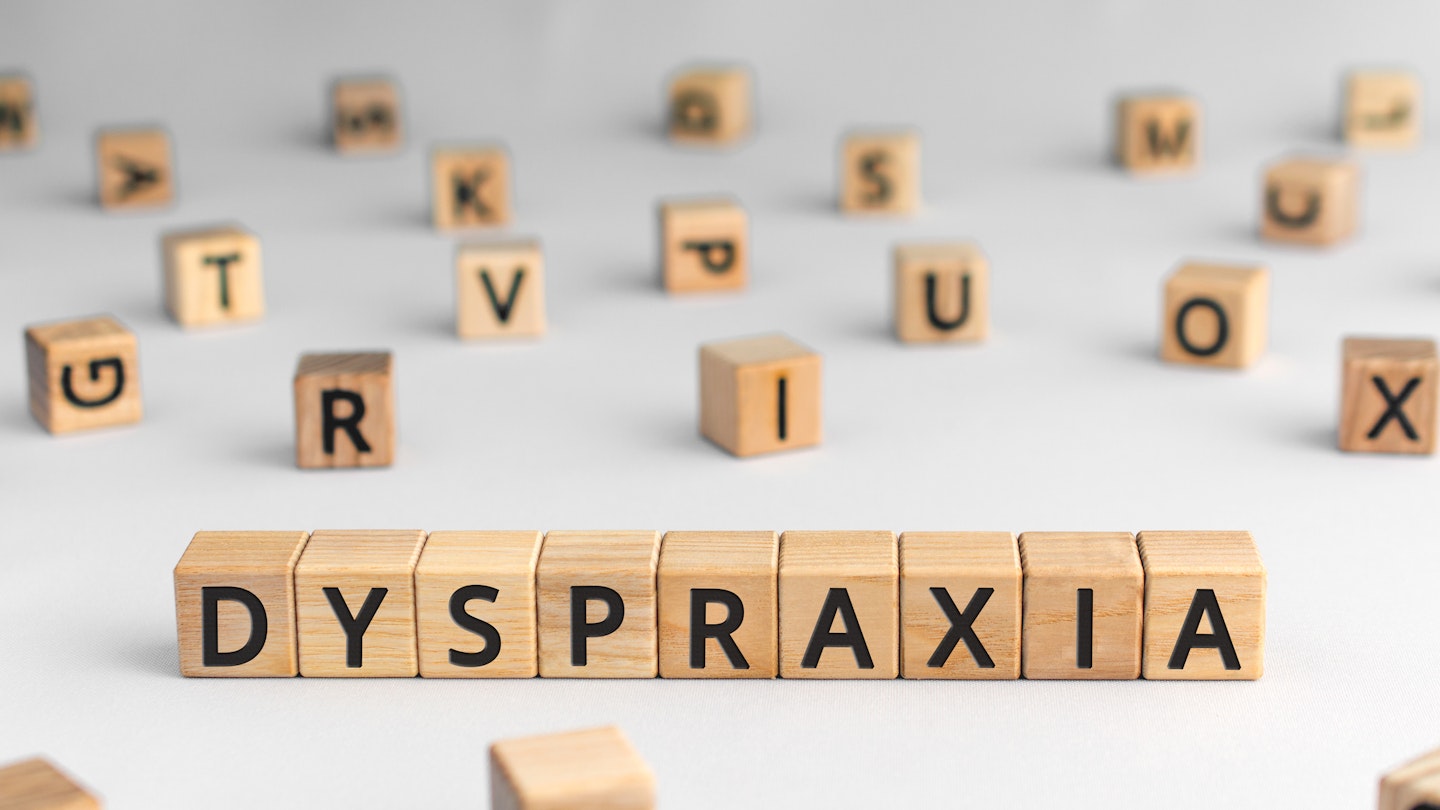We spoke to Michele Lee, Chair of the Dyspraxia Foundation, to find out about the development disorder; what it is, and how to look out for the signs of it in your child.
What is dyspraxia?
Dyspraxia or Developmental Co-ordination Disorder (DCD), is a condition which affects fine and/or gross motor coordination in children and adults. "While DCD is often regarded as an umbrella term to cover motor co-ordination difficulties, dyspraxia can also refer to people who have additional problems planning, organising and carrying out movements in the right order in everyday situations," says Michele Lee, Chair of the Dyspraxia Foundation. For example, following directions or getting dressed properly.
The condition can also affect articulation and speech, perception and thought. "Although dyspraxia may occur on its own, it also appears alongside other conditions such as attention deficit hyperactivity disorder (ADHD), dyslexia, language disorders and social, emotional and behavioural impairments," says Michele. These conditions are sometimes collectively known as Specific Learning Differences (SpLD).
How is dyspraxia diagnosed?
It can be difficult to make a diagnosis of DCD in a young child (under the age of five) as a number of difficulties noted could be related to other conditions or simply a lack of opportunity to develop a skill. Toddlers and young children are often clumsy because they’re learning new skills and movements.
"DCD or dyspraxia affects about five per cent of the population, with boys more frequently affected than girls," says Michele.
Symptoms of dyspraxia
Some of the early signs of dyspraxia include a tendency to constantly bump into objects, fall or trip over, an awkward running gait, difficulty pedalling a tricycle or walking up and down stairs and little interest in or poor ability with throwing, catching and kicking balls.
"Your child may also have trouble with fine motor skills such as using cutlery or pencils and a delay in hand dominance – that is, working out whether he’s left or right-handed," says Michele. "He may also have speech and language difficulties or problems following instructions."
What causes dyspraxia?
Although the exact causes of dyspraxia are unknown, it’s thought to be caused by a disruption in the way messages from the brain are transmitted to the body. "This is what affects your child’s ability to perform movements in a smooth, co-ordinated way," says Michele. There is a genetic link with dyspraxia, so if you or your partner struggle with some of the above issues, there’s a higher chance your child could, too.
Can you treat dyspraxia?
Although dyspraxia is not curable, children with the condition may improve as they get older and symptoms in children can lessen if they are given the right treatment and advice to minimise the day-to-day difficulties that their dyspraxia can cause.
There are a number of activities you can do with your child that can aid his development if he seems to suffer with co-ordination problems. "Try walking slowly on a straight line, circle or other shape chalked or taped on the floor," says Michele. "To improve hand-eye co-ordination, play catch with large objects like balloons, scarves, or different sized balls, or play a game where your toddler has to catch bubbles in the air with both hands."
If your pre-schooler struggles with dressing, give him loose-fit easy on/easy off clothing and Velcro fastenings for shoes.
"To aid fine motor skills, provide chunky pens or crayons that are easy to hold, and play games that will build hand and finger strength. Play-Doh or plasticine is good because it can be rolled into a sausage, pinched and squeezed," says Michele.
When should I take my child to see a GP?
If you’re worried your child may have dyspraxia, talk to your GP, and he may refer him to a paediatrician as well as to physiotherapy and occupational therapy for an assessment, advice and treatment.
Although having dyspraxia can make life slightly more difficult, it’s by no means a barrier to a happy and normal life, especially if you know what to expect and how to handle yourself. Famous people with dyspraxia include Albert Einstein, actor, Daniel Radcliffe, singer, Florence Welch and chef Jamie Oliver.
Did you know?
Popular CBeebies show Tree Fu Tom was developed in conjunction with the Dyspraxia Foundation to help teach developmental movement. The spells that Tom gets children watching the programme to perform with him are designed to help and support this.
